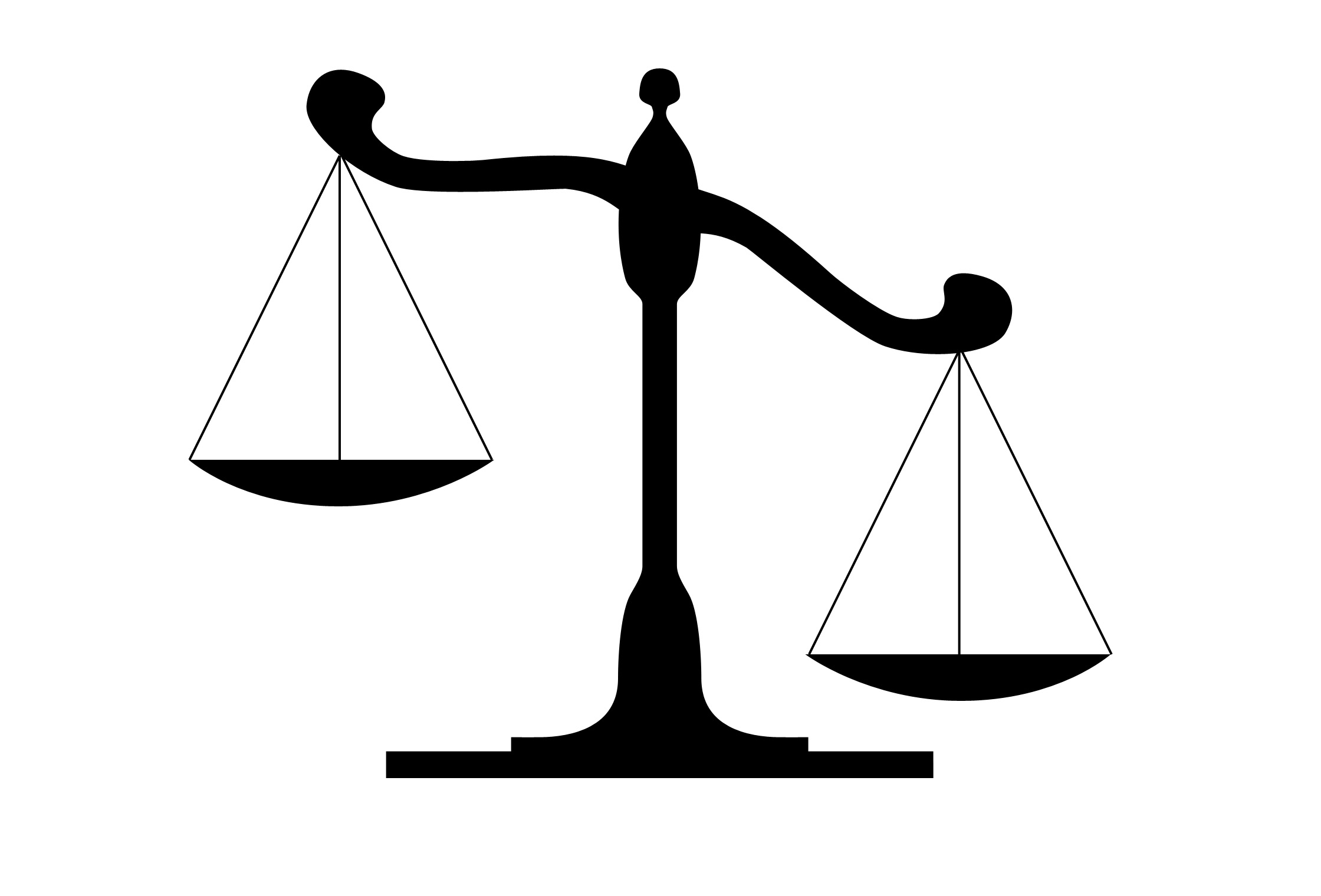How the Treasury Curve Works?
The Treasury Yield Curve is another economic indicator that should be watched closely as it is likely to impact both the real estate and economic recoveries.
The Treasury Yield Curve can be defined as the gap between the short-term treasury rates and the long-term rates. The United States Government funds the national debt by selling treasury notes or bonds to investors. Presently there is about $14.1 trillion outstanding in national debt. Short-term (2-year) t-bills are paying .77% while long-term (10-year) notes are paying 3.68%.
Treasury Bills are considered to be one of the safest places in the world for investors to place their money. When there is volatility in other investments, or instability in world economies or governments, there is a flight to safety by investors who buy treasury bills because the U.S. is such a safe investment. China is the largest foreign investor in U.S. debt holding approximately $800 billion in debt, with Japan second, holding about $700 billion in debt. U.S. government spending requires cash; cash can only be raised through taxes or selling debt securities – Treasury Bills. In order to get investors to buy the Treasury Bills, the interest paid must be attractive compared to other options.
Recently, the yield curve has reached near-record levels and is at 2.91 percentage points. In the past, this has been good news for the economy, because as demand for credit rises, the banks are more motivated to lend because they can borrow at a low rate and charge investors a higher rate.
But, so far there hasn’t been an increase in lending activity this time. Experts are predicting that the yield curve will continue to rise this year. If it does, it could be bad news for consumers and business, as the yield curve is used as a yard-stick for pricing other forms of credit like consumer and business loans. If this happens it could keep consumers and business-owners from borrowing, further dampening the recovery.

